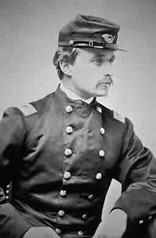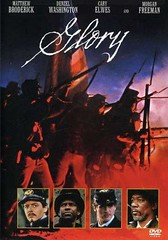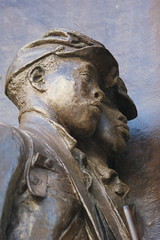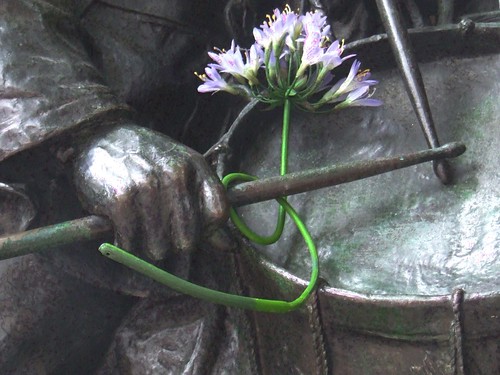Trainer: Irish
Foaled in: Great Britain
Bred by: Bahrain's prince
Owners: Irish/British
Jockey: Irish
Exercise rider: Japanese
Exercise rider: Japanese
Sire: French-trained
Grandsire: Legendary Australian sire
Farrier: American
Horseshoes: Dutch
Farrier: American
Horseshoes: Dutch
The most exciting horse in the world today is not Australia's Black Caviar. It's not American Triple Crown candidate I'll Have Another. It's not even superstar British sprinter Frankel. Move over, Zenyatta and Totilas, there's a new horse in the headlines.
It's a horse with a list of international connections that you'll need the fingers on both your hands to count.
 |
| British Triple Crown contender Camelot has a footnote of international interest. The colt has unusual face markings and white untrimmed whiskers on his muzzle. (Photo by Monkeywing) |
But when you look at his feet, forget the Irish and English stereotypes. Forget tweed caps and dark, smoky smiddies. Think stars and stripes, wide open spaces, and the Great State of Texas.
 |
Rood + Riddle Equine Hospital Podiatry
Center's Jeff Henderson CJF
|
Camelot--just like 2011 Breeders Cup Turf champion St Nicholas Abbey who won the Coronation Cup at Epsom today right after the Derby--has a special hoofcare consultant from the USA. By way of Texas.
Jeff Henderson, a transplanted Texan who continues to flourish as a Kentucky transplant, travels to Ireland to provide specialist services to the Ballydoyle training center of trainer Aidan O'Brien.
Jeff works with Scott Morrison DVM in the podiatry referral service of Rood and Riddle Equine Hospital's Podiatry Center in Lexington, Kentucky.
Henderson has become a frequent flyer commuter to Ireland to shoe for O'Brien; he also took over St. Nicholas Abbey, who had been worked on in the past by Morrison, and also worked on Kentucky Derby starter Daddy Long Legs, among others.
Jeff said that Camelot's hoofcare needs were simple; Camelot is shod with Kerckhaert raceplates--no glue, no patches.
Ballydoyle employs two full-time farriers in addition to Henderson and Morrison's consulting services.
Today's stunning win of the famed Epsom Derby in England means that three-year-old Thoroughbred Camelot has won 2/3 of the British Triple Crown.
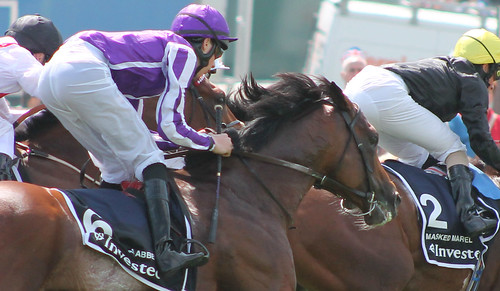 |
| St Nicholas Abbey on his way to victory in the Coronation Cup. (Photo by Monkeywing) |
It's been 34 years since a horse has won the Triple Crown in the USA. I'll Have Another is 2/3 of the way there this year, and goes for the big honor a week from today at New York's Belmont Park.
Camelot is trained by Aiden O'Brien at Coolmore's Ballydoyle training center in Ireland, where footnotes to victories abound. A special aspect to his victory today is that he was ridden by O'Brien's teenage son, Joseph.
The victories by Camelot and St Nicholas Abbey are especially sweet for Coolmore; both winners are by their late, great stud Montjeu, who became ill and was euthanized this spring at the age of 16 after siring (so far) four winners of the Epsom Derby.
To increase the international connections of Camelot, his lineage goes back to the great Hungarian mare of the 1870s, Kincsem, undefeated in 54 starts, including major events in Austria, Hungary, Germany, France and England, according to the experts at pedigreeconsultants.com.
In basic American breeding terms that US Hoof Blog readers and Thoroughbred racing fans can celebrate, Camelot is from the European continuation of Canada's Northern Dancer's dynasty on the sire side and Kentucky's Mr. Prospector line on his dam's side.
Horse behavior observers may have noticed that Camelot wore the comforting Monty Roberts-designed "barrier blanket" into the starting gate yesterday. His sire, Montjeu, had to be ridden into the paddock by his groom, according to Thoroughbred Daily News.
The horse's name reflects much more than a famous Broadway musical; Camelot was the legendary mythical kingdom of Britain's King Arthur and his knights.
© Fran Jurga and Hoofcare Publishing; Fran Jurga's Hoof Blog is a between-issues news service for subscribers to Hoofcare and Lameness Journal. Please, no use without permission. You only need to ask. This blog may be read online at the blog page, checked via RSS feed, or received via a digest-type email (requires signup in box at top right of blog page). To subscribe to Hoofcare and Lameness (the journal), please visit the main site, www.hoofcare.com, where many educational products and media related to equine lameness and hoof science can be found. Questions or problems with this blog? Send email to blog@hoofcare.com.
Follow Hoofcare + Lameness on Twitter: @HoofcareJournal
Read this blog's headlines on the Hoofcare + Lameness Facebook Page
Disclosure of Material Connection: I have not received any direct compensation for writing this post. I have no material connection to the brands, products, or services that I have mentioned, other than Hoofcare Publishing. I am disclosing this in accordance with the Federal Trade Commission’s 16 CFR, Part 255: Guides Concerning the Use of Endorsements and Testimonials in Advertising.








